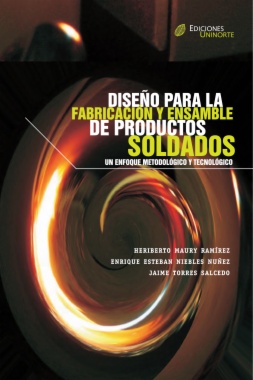
Estás filtrando por
Se encontraron 409 resultados en recursos

Compartir este contenido
Diseño para la fabricación y ensamble de productos soldados
Copia el enlace o compártelo en redes sociales
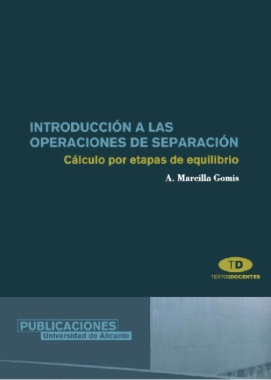
Introducción a las operaciones de separación. Cálculo por etapas de equilibrio
Compartir este contenido
Introducción a las operaciones de separación. Cálculo por etapas de equilibrio
Copia el enlace o compártelo en redes sociales
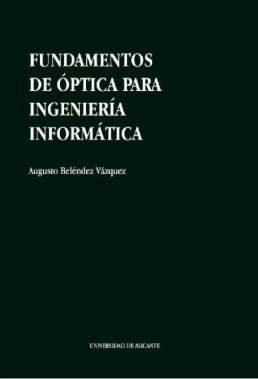
Fundamentos de óptica para ingeniería informática
Compartir este contenido
Fundamentos de óptica para ingeniería informática
Copia el enlace o compártelo en redes sociales

Memoria del proceso productivo y criterios de calidad de la comunidad de Nazareth, Amazonas.
Compartir este contenido
Memoria del proceso productivo y criterios de calidad de la comunidad de Nazareth, Amazonas.
Copia el enlace o compártelo en redes sociales

Cartilla memoria del proceso productivo y criterios de calidad de la comunidad del corregimiento de La Chorrera Amazonas.
Compartir este contenido
Cartilla memoria del proceso productivo y criterios de calidad de la comunidad del corregimiento de La Chorrera Amazonas.
Copia el enlace o compártelo en redes sociales

Cartilla de procesos productivos.
Compartir este contenido
Cartilla de procesos productivos.
Copia el enlace o compártelo en redes sociales

Extracción y beneficio adecuado de arcillas en la comunidad de Coco Viejo Guainía.
Compartir este contenido
Extracción y beneficio adecuado de arcillas en la comunidad de Coco Viejo Guainía.
Copia el enlace o compártelo en redes sociales
Sociedad de instalaciones electro-mecánicas en el Salto de Tequenda
Compartir este contenido
Sociedad de instalaciones electro-mecánicas en el Salto de Tequenda
Copia el enlace o compártelo en redes sociales
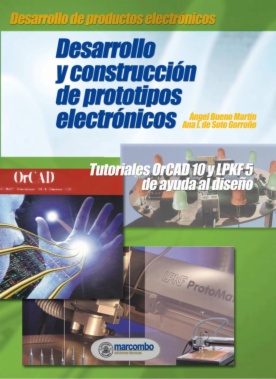
Desarrollo y construcción de prototipos electrónicos : Tutoriales OrCAD 10 y LPKF 5 de ayuda al diseño
Compartir este contenido
Desarrollo y construcción de prototipos electrónicos : Tutoriales OrCAD 10 y LPKF 5 de ayuda al diseño
Copia el enlace o compártelo en redes sociales
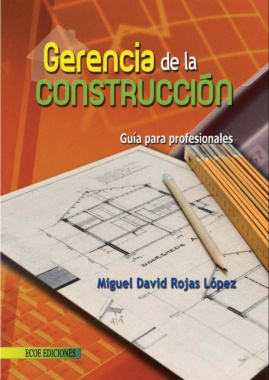
Gerencia de la construcción : Guía para profesionales
Compartir este contenido
Gerencia de la construcción : Guía para profesionales
Copia el enlace o compártelo en redes sociales
Selecciona las Colecciones en las que vas a añadir el contenido
Para consultar los contenidos añadidos busca la opción Tus colecciones en el menú principal o en Mi perfil.
